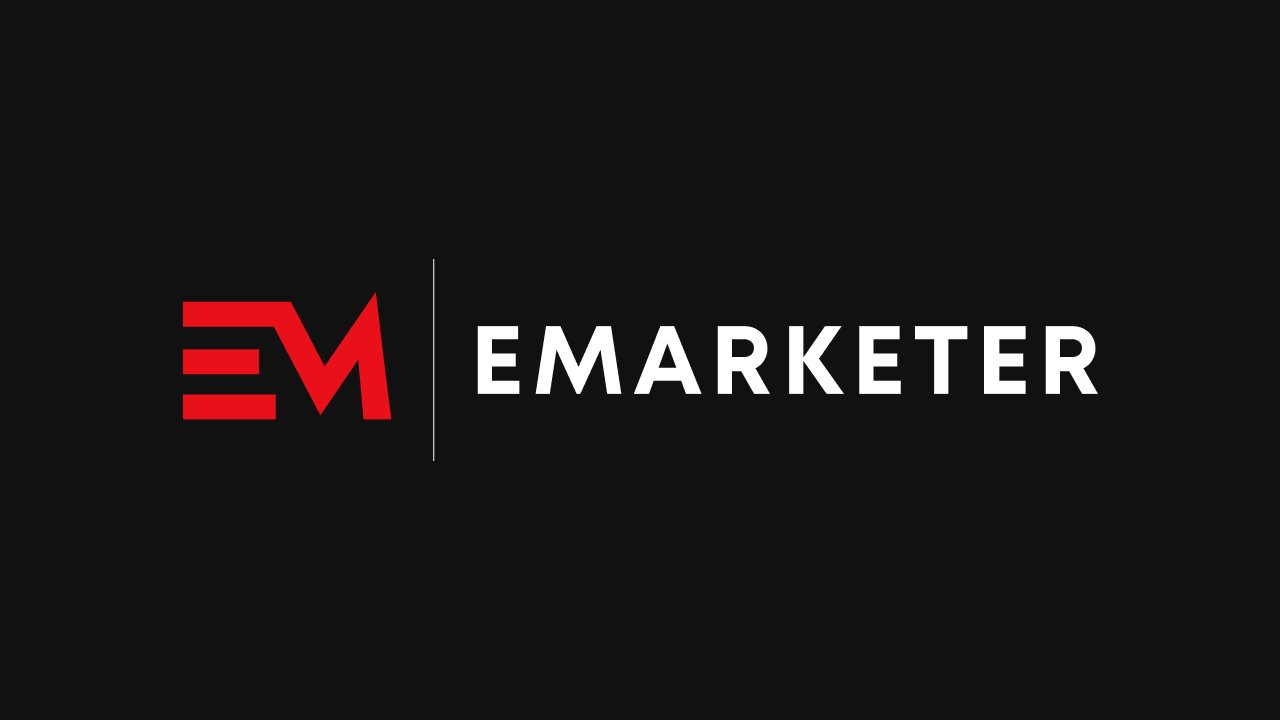New data sets, deeper insights, and flexible data visualizations.
In-depth analysis, benchmarks and shorter spotlights on digital trends.
Interactive projections with 10k+ metrics on market trends, & consumer behavior.
Proprietary data and over 3,000 third-party sources about the most important topics.
Industry benchmarks for the most important KPIs in digital marketing, advertising, retail and ecommerce.
Client-only email newsletters with analysis and takeaways from the daily news.
Exclusive time with the thought leaders who craft our research.
B2B marketing is shifting to become more customer-focused and digitally oriented, which means the processes, people, and technology of B2B companies all need to follow suit. Here are five charts to help you stay ahead of the curve.
As millennials and Gen Zers become the dominant players on B2B buying committees, the process is growing increasingly digital, meaning marketers need to prioritize online experiences like webinars, video, and ecommerce.
In addition, both the average buying cycle and the purchase timeline are getting longer, so marketers need to keep buyers engaged for extended periods of time.
Ecommerce is the fastest-growing channel for B2B product sales, though it still represents less than a quarter (20.8%) of all B2B electronic sales.
Amazon Business is the biggest B2B ecommerce competitor, followed by Shopify and BigCommerce. Both Shopify and Amazon are expected to grow their B2B sales by over 20% this year, while BigCommerce will only grow by 13.5%.
US B2B marketing technology (martech) spend will grow by double digits through next year when it reaches $8.51 billion.
The pandemic accelerated B2B martech spending as the industry shifted to digital marketing strategies. Now, the initial rush to implement the tech will give way to a new phase of investment: refining and enhancing current tech stacks.
B2B marketers are hoping to solve issues ranging from outdated features to building a more connected ecosystem.
But technology alone won’t solve everything. There are three other things needed for a successful martech strategy:
B2B marketers will spend $3.77 billion on data this year.
Despite the fact that growth in B2B marketing data spend has slowed over the past few years, spending on third-party data will remain critical to B2B marketers, so much so that it will gain importance over the physical collection of leads (previously a B2B standard).
The deprecation of third-party cookies (which Google says will happen in 2024) will most certainly put a damper on B2B data collection efforts, so marketers should prepare now.
The bottom line: The digital age of B2B marketing is here. Marketers should be fleshing out their digital strategies with the right mix of talent and tech and fine-tuning the messaging for the new B2B buyer.
This was originally featured in the eMarketer Daily newsletter. For more marketing insights, statistics, and trends, subscribe here.
One Liberty Plaza9th FloorNew York, NY 100061-800-405-0844
1-800-405-0844sales@emarketer.com
The evolution of B2B marketing in 5 charts – eMarketer
